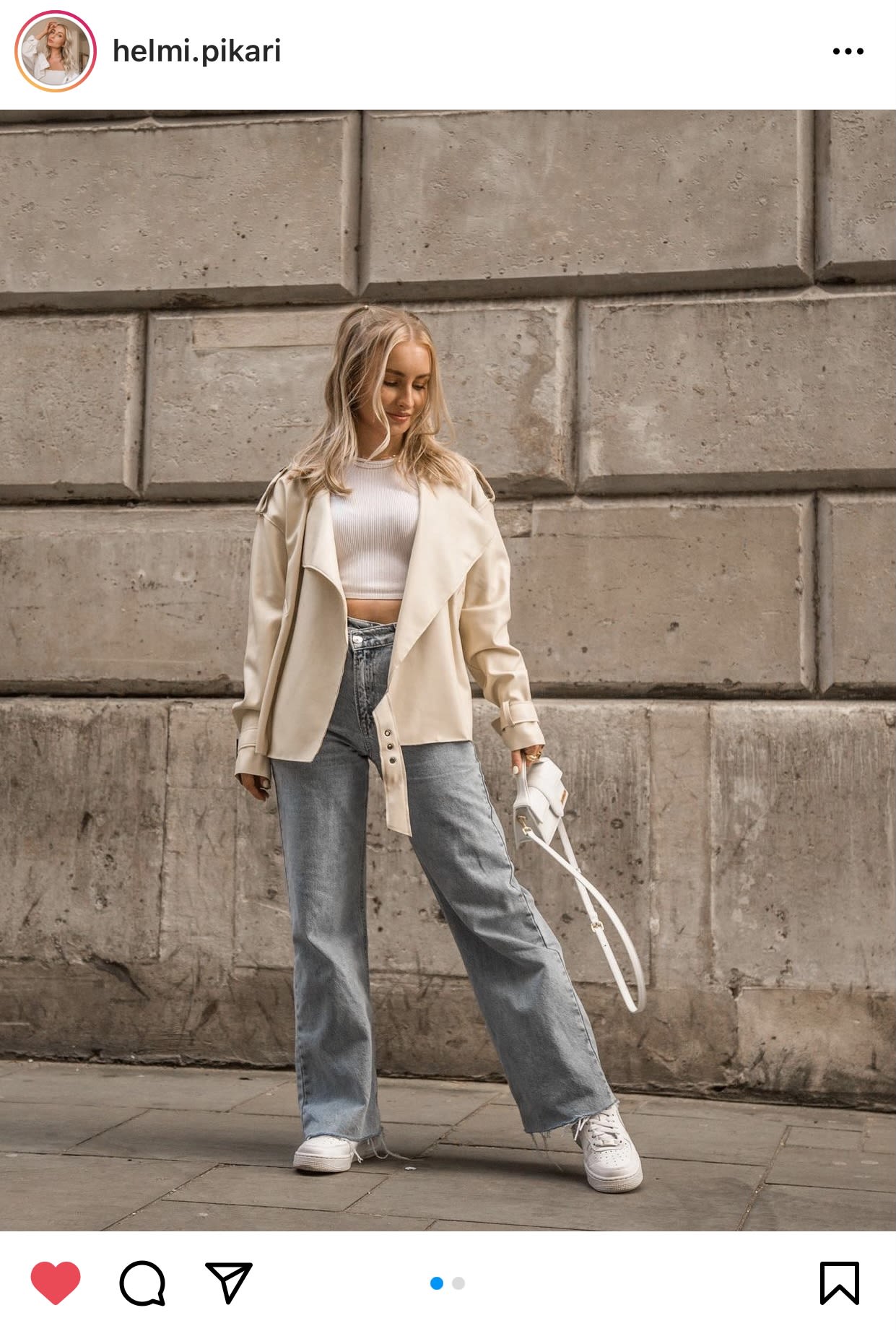From fast fashion to
slow fashion
The impact of the third most polluting
industry on the planet.
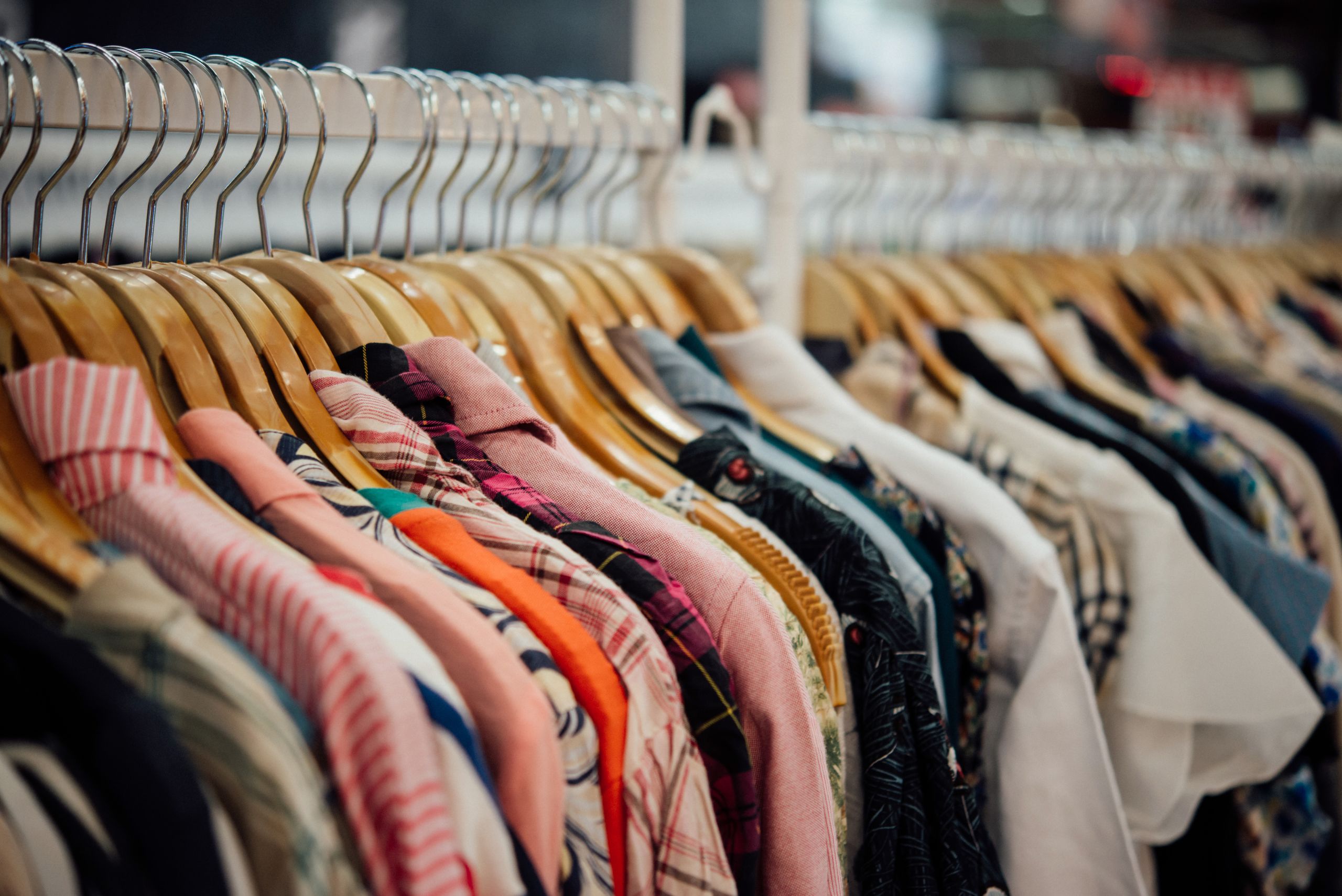
The fashion industry is one of the most polluting and wasteful industries in the world.
An average consumer discards 31.75 kg of clothing every year. Way more clothes than we need are produced in the world daily, and there are thrown away after only a couple of wears.
The worst part is most of these clothes go to landfills, even though they could easily be recycled or reused. Globally, 13 million tons of textile waste is produced each year in the world, 95% of it could be reused or recycled but it is not.
The clothing and textile industry is one of the largest polluters in the world, in the third position, right after oil and animal agriculture. The fashion industry is a major factor in water pollution, plastic pollution, and greenhouse gas emissions.
In 2019, 94M kg of waste were generated by single-use outfits. One in two people is throwing their unwanted clothes straight in the trash instead of recycling, selling, or donating them. It has been estimated that 64% of the 32B garments produced each year end up in landfills.
We need to stop being actors of this global waste and change that by adopting a more ethical way of shopping.
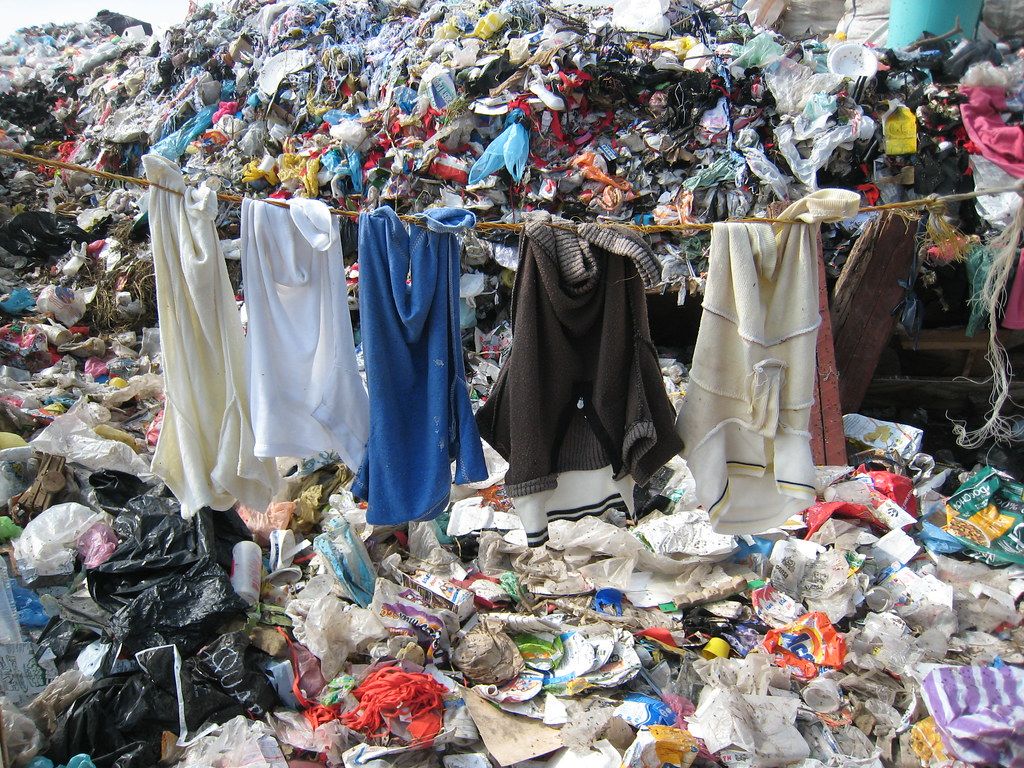
Clothing waste in a landfill in Australia, 2017.
Clothing waste in a landfill in Australia, 2017.
The fashion industry is evolving to address this issue, with innovative businesses that have to come up with different ways of selling clothing more ethically, the company Rent the Runway is an example.
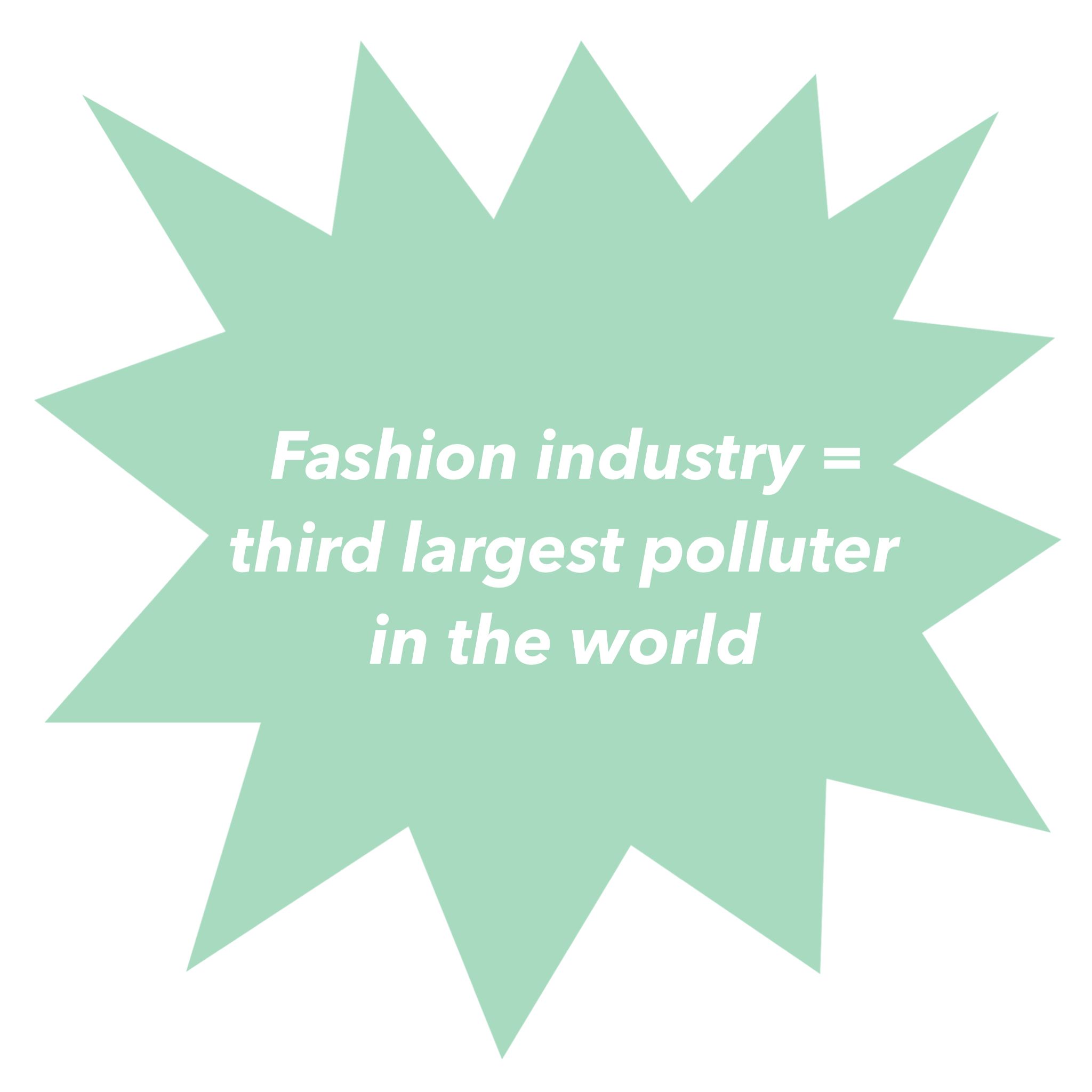
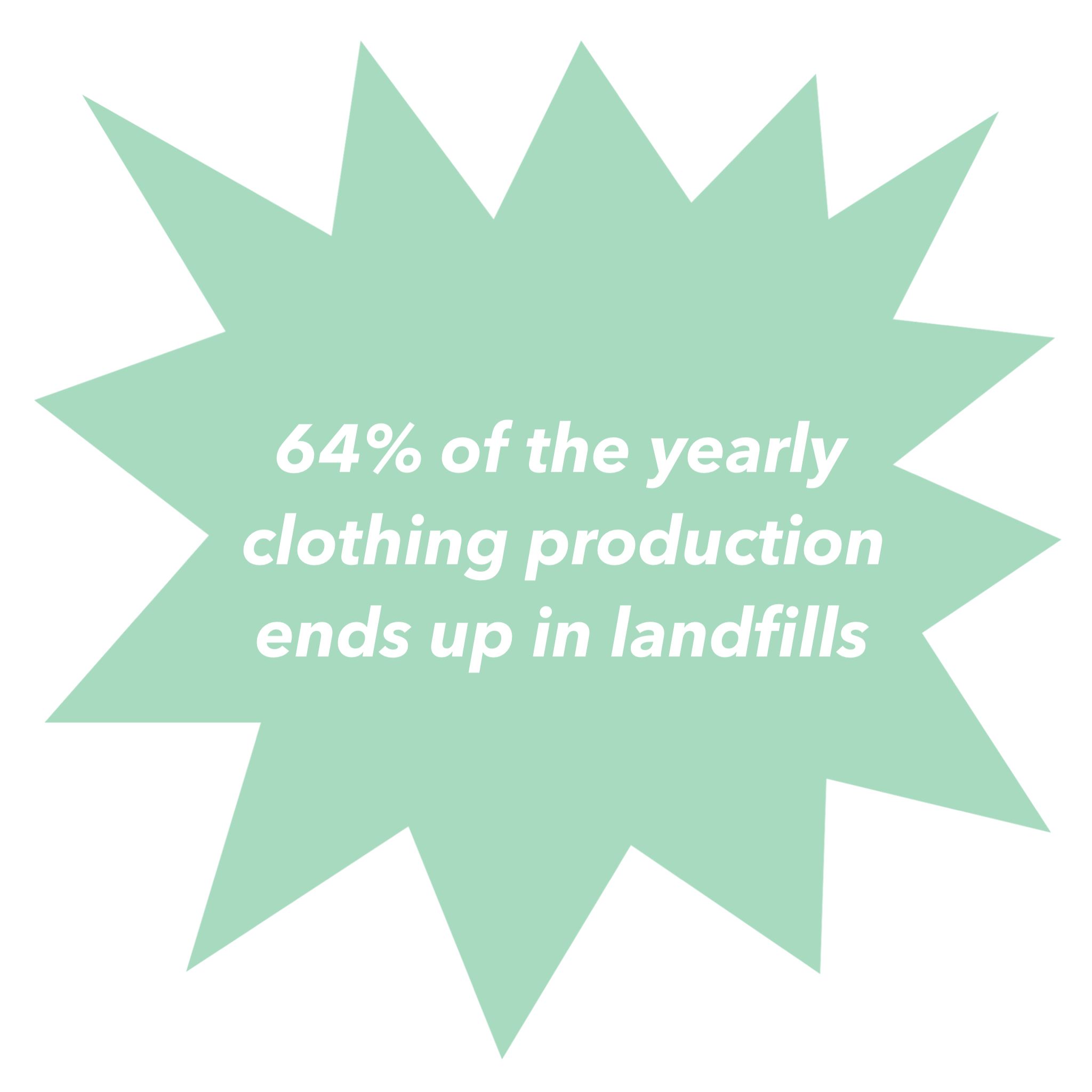
Rent the Runway
The company that changed the way we get dressed
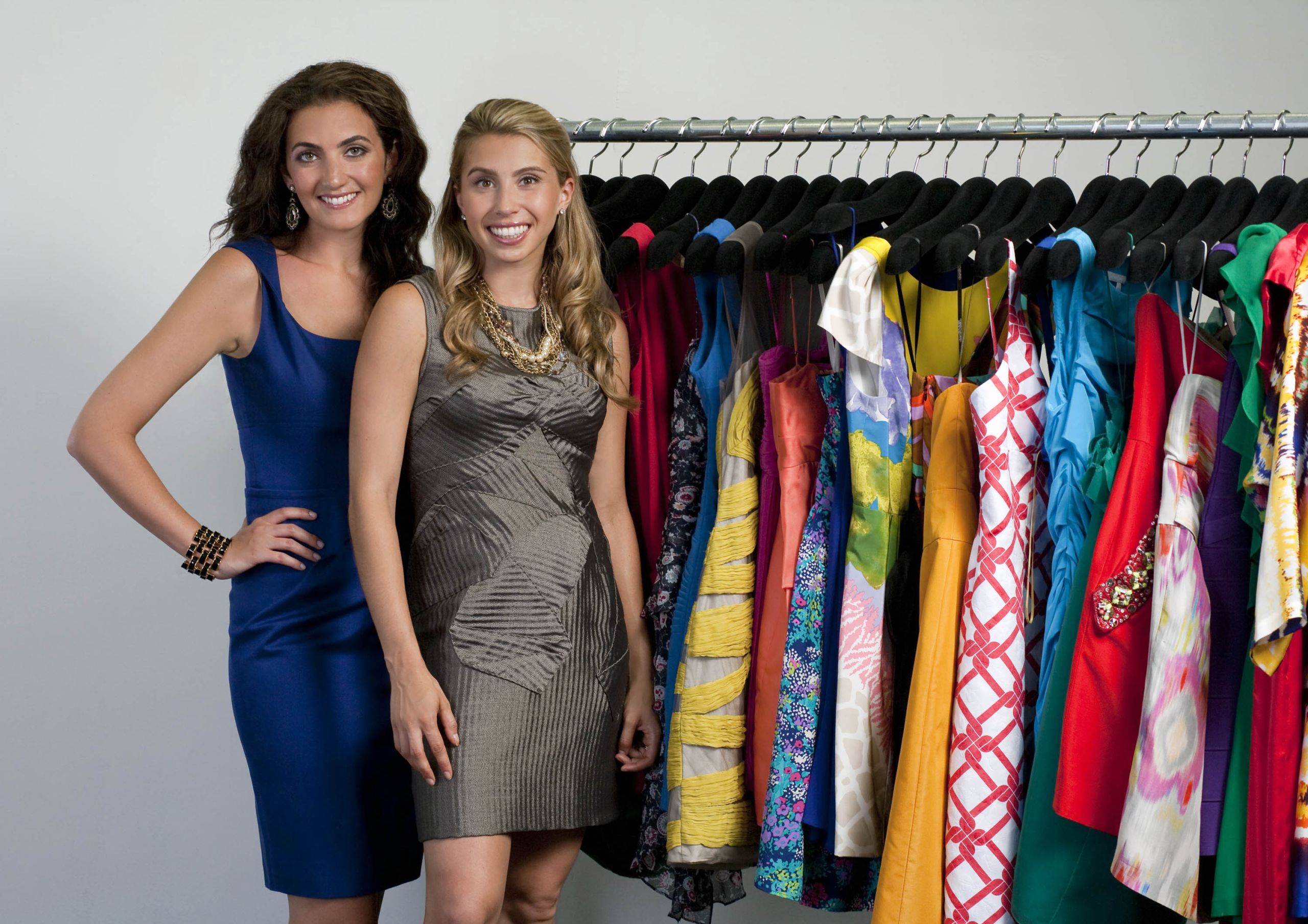
Rent the Runway is a company which has been created in November 2009 by Jennifer Hyman and Jennifer Fleiss with the mantra “change the way you get dressed”.
The concept they aimed to create was an online service, where people could rent clothes instead of buying them. This way they would be able to renew their wardrobe each month by reducing their environmental footprint.
“We started a rental revolution, and changed the fashion industry.” - Jennifer Fleiss
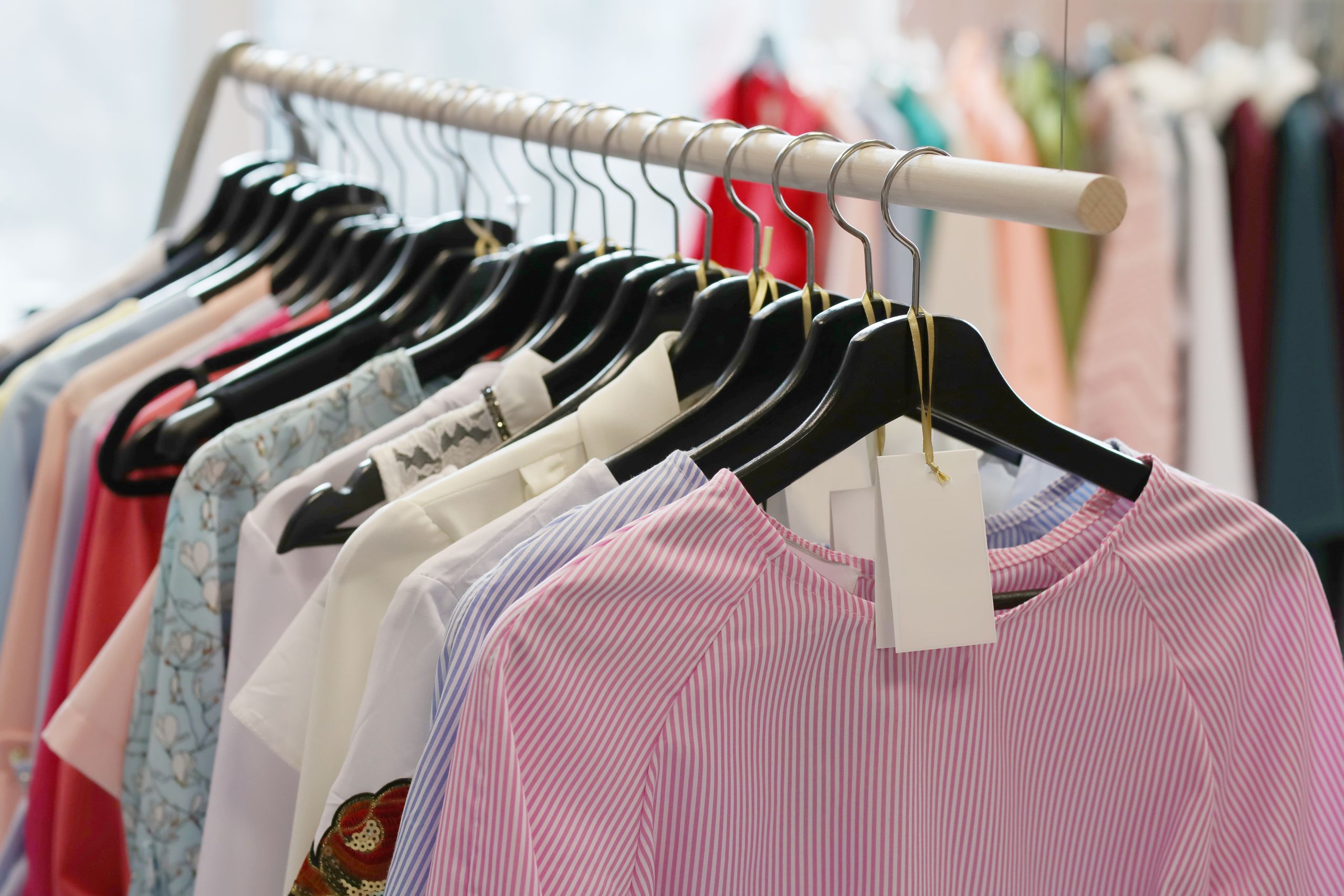
In 2009, they decided to disrupt the billion-dollar fashion industry and change the way woman get dressed forever by creating the world’s first “closet in the cloud”: a dream closet filled with an infinite selection of designer items to rent, wear and return - or decide to keep if you want. Every trend, every colour, every print, everything you’ve ever wanted to wear, for a fraction of the cost.
Over the past decade, they continued to expand their online closet, powering their millions-strong community to save time, money and have more fun getting dressed, all while contributing to a more sustainable future of fashion.
This incredible adventure started with the story of a $2,000 designer dress on Thanksgiving 2008.
Over Thanksgiving break from college, Jenn’s - one of the two co-founders - younger sister showed off the highly expensive dress she bought for a wedding, which was sending her into credit card debt.
Jenn then thought that it would be so much smarter if we could rent designer items rather than purchasing them. She then returned to Harvard Business School and shared her idea with her friend Jenny. This is where the story began...

Harvard University
Harvard University
The two girls, students at the time, wondered if the fashion industry would be on board with their idea. In December 2008, they decided to cold-email the famous designer Diane Von Furstenberg, who agreed to a meeting. They walked into Diane’s office and introduced their idea. While the designer was initially sceptical, she finally offered business advice.

Diane Von Furstenberg
Diane Von Furstenberg
In April 2009, Jenn and Jenny set up a pop-up shop on Harvard’s campus where students could try on and rent dresses on the spot. Seeing the excited reactions, it dawned on the two girls that renting could make women feel amazing.
In November 2009, one year after the idea emerged, Rent the Runway was officially born.
Over the course of a few months, Jenn and Jenny, hustled to get the Rent the Runway website up and ready for business nationwide.
The site was finally launched on November, 10th 2009. The New York Times even announced it in a cover story, which drove 100,000 people to sign up.

Jennifer Hyman and Jennifer Fleiss
Jennifer Hyman and Jennifer Fleiss
Aletheia Olear, a fashion blogger (@gotchacoveredfashion), located in Phoenix, in the United States, did a video on her YouTube channel "Gotcha Covered Fashion" giving her first impression about Rent The Runway, where she said:
“I am in love with Rent the Runway so far, I think it’s a great way to experiment with your style and learn more about yourself. There are many different options so it ables you to find clothes that are your style but also fit your standards.”
As she explained in her video the fashion industry is one of the biggest polluters in the world, so according to her clothing rental is a good way to shop more sustainably.
Kate Bond, a customer of the website who subscribed to the "unlimited membership" also gave a review on Rent the Runway, she said:
“Most of the clothes we buy end up in the back of our closets or landfills, renting gives you the opportunity to wear all the clothes you want and send them back after, to receive new ones. I absolutely love the idea of renting clothes, however, due to the high demand, your options are very limited on the website. Hopefully, the company will start including duplicates or more options”
In April 2021, the company got ranked number 21,652 on the list of the international most visited websites, and number 4,123 on the national scale in the United States.
Most of the company’s customers are located in the United States, which represents 95% of the website’s traffic, but there is also traffic coming from other countries such as Canada (0.79%), UK (0.53%), Australia (0.30%) and France (0.21%).
Over a period of six months, going from November 2020 to April 2021, the website got 1.43M visits in total.
The company value has been estimated to $1 billion in 2019. Last year RTR raised funds at a valuation of $750 million, which is below its previous valuation due to COVID-19.
The company had a rough time during the pandemic, as everybody had to stay at home, people had no events to dress for, so they did not need to rent clothes. Chief Executive Officer, Jennifer Hyman told the New York Times that users started to return and that the website had seen a 92% increase in active subscribers since May 2021.

Here is a walk through the website www.renttherunway.com showing you how to navigate on it and the different membership options available.
Rent the Runway is the most popular clothing rental company but not the only one. According to the fashion blog Byrdie, RTR is the best overall but Nuuly is the best when you are on a budget, Armoire offers you the best curation, Infinitely LOFT provides you with work outfits, Vince Unfold is where you can find the best luxury items, Gwynnie Bee offers you a variety of choice for plus-size and finally, Rainey's Closet is specialised in clothing rental for kids.
Rent the Runway and all the others clothing rental companies are a proof that things are starting to evolve. The fashion industry is aware of its impact on the planet and brands are slowly starting to make things change, even fast fashion companies such as Zara or H&M are trying to decrease their environmental footprint.
The evolution of fashion retail
On the road to a more conscious way of shopping
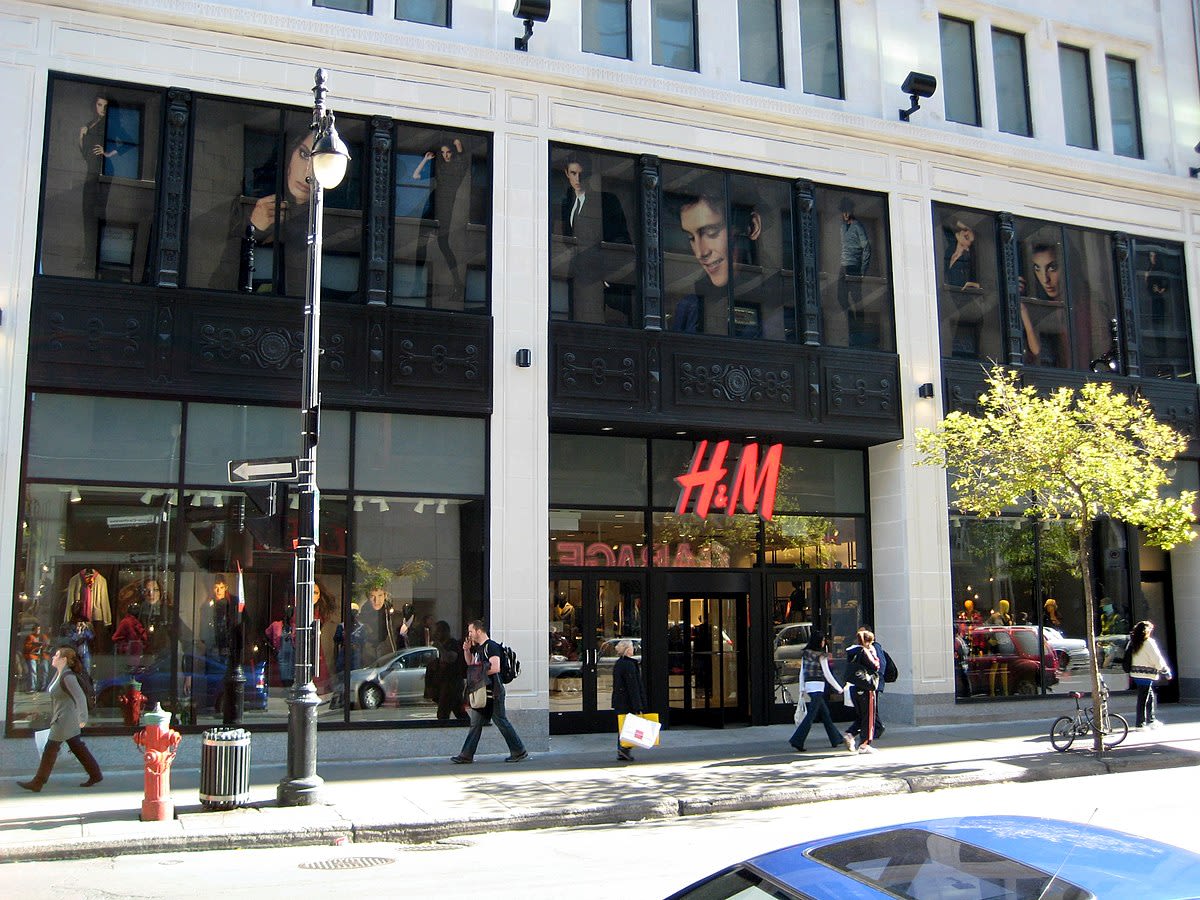
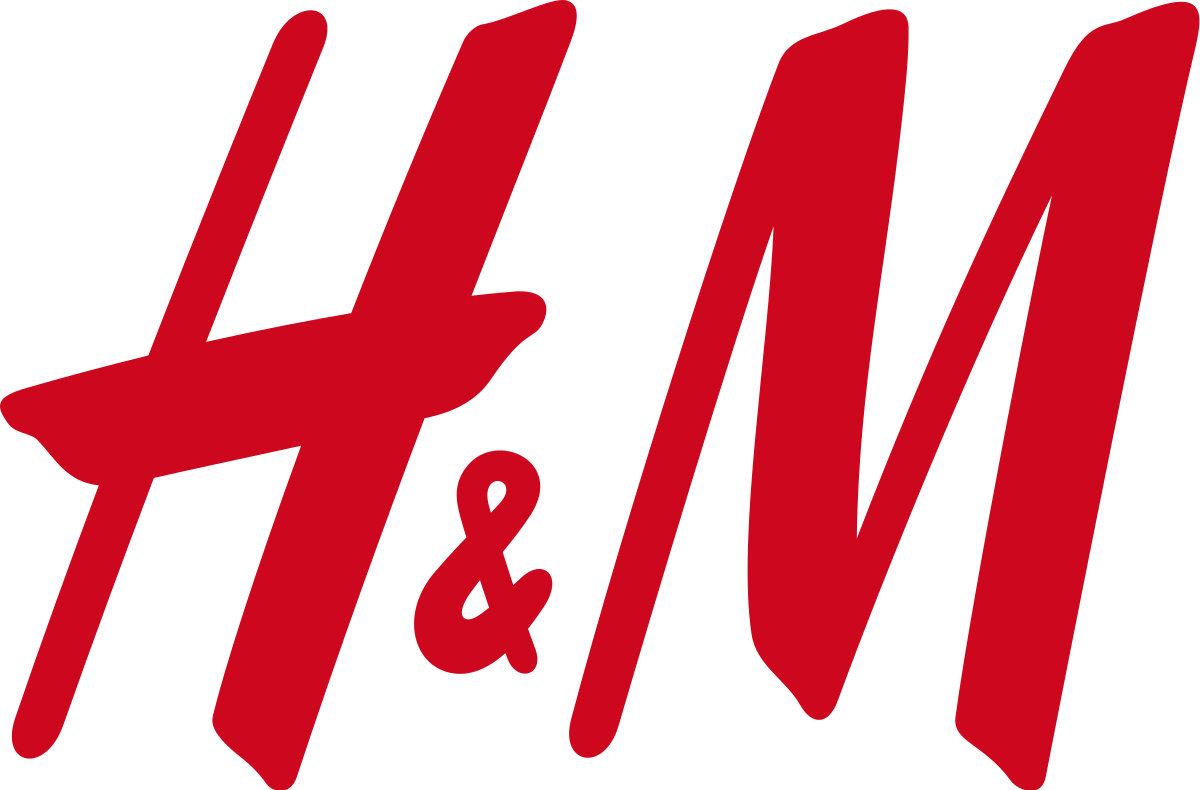

These past few years things began to move forward, with brands starting to get more conscious about the impact the fashion retailing industry has on the environment.
High-street brands started being more ethical like H&M with their “H&M conscious” collection or Zara with the “#joinlife” collection. The concept is to present items around the same price range as usual but using more sustainable materials. The aim is to decrease the impact fast fashion brands have on the environment.
The H&M group and Inditex (Zara's group), certify that the products of those collections are created with extra consideration for the planet, and made from sustainable materials like organic cotton or recycled polyester.
Using materials such as recycled wool and organic cotton is a big step for the environment, for example, organic cotton consumes 90% less water than regular cotton production.
What high-street brands aim to do with those collections is make people aware of the impact the clothing industry has on the environment, and try to guide them to a more sustainable fashion.
Helmi Pikarinen, a 30-year-old fashion blogger living in London told us:
“I do think high street brands need to be doing more sustainable collections like H&M is already doing, because people will not stop buying from these big retailers, but if there were more sustainable options and if the brands would take more responsibility, I think that then consumers would be kind of more incline to go for those sustainable options, if they were easier to find.”
These days with so many so-called "eco-conscious lines" and sustainable fashion brands popping up in-store, it is not always easy and clear to figuring out who is actually trying to make a change and who is just enjoying the sustainability wave.
The issue is the fashion industry has a massive waste problem, between 2000 and 2014, clothing production doubled with the average consumer buying 60% more pieces of garment compared to 30 years ago. Consumers in the United Kingdom have an estimated $46.7 billion worth of unworn clothes in their closets.
Companies can not become sustainable overnight. Recycled, regenerated and organic materials are way more expensive than the cheap textiles that the majority of our clothes are made of. It would take years for fast fashion brands to turn into responsible brands by building supply chains that would have a low impact on the environment.
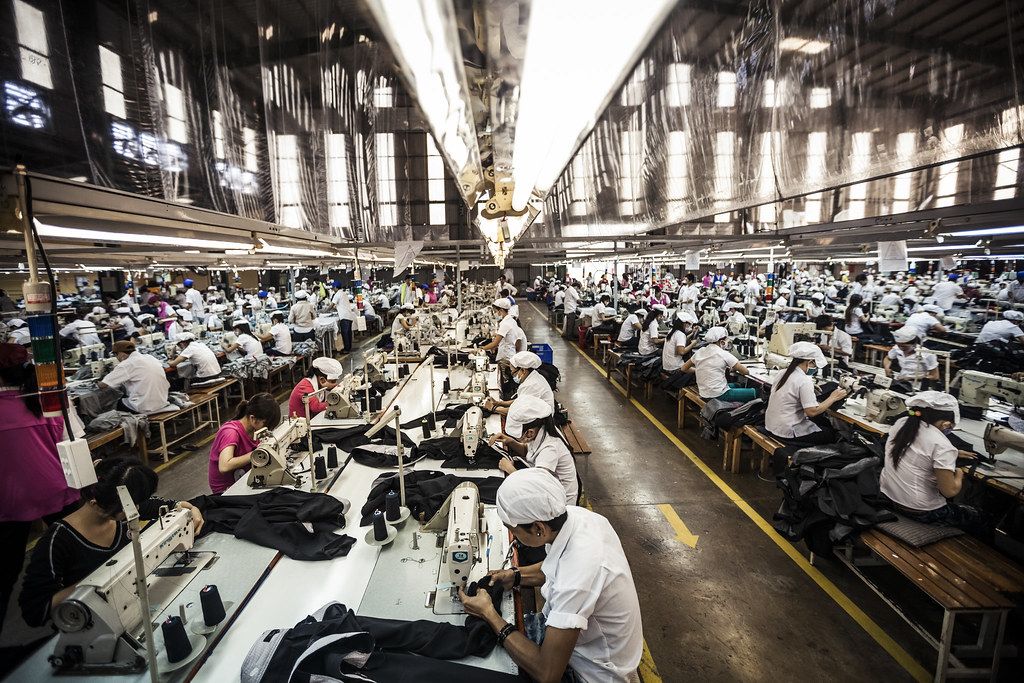
Workers in a clothing factory located in Bangladesh.
Workers in a clothing factory located in Bangladesh.
It is a good start for them to create more conscious collections but consumers still need to be aware, you can easily fall into the greenwashing marketing traps. Brands are using tactics such as misleading images and specific jargon to make the consumer falling for it.
Preeti Arya, assistant professor in textile development at the Fashion Institute of Technology in New York City, said:
“I encourage shoppers to look out for the materials brands are using in their clothes. Fiber content deserves a deeper look, as a general rule, the simpler the fiber content, the better, so keep an eye for natural, organic materials that use less water and do not include products such as pesticides or even microplastics. Silk, hemp, wool, okra, bamboo and linen are some good alternatives to clothes made from materials such as polyester and nylon, which are nonbiodegradable.”
The road to a more sustainable way of producing clothing is a long one, but these past few years there was an undeniable development of sustainable fashion brands.
It is now possible to find many eco-responsible brands on the market, presenting a large choice of possibilities, matching every style and sizes: Girlfriend Collective, Outerknown, Reformation are some of them.
Those types of brands are usually more expensive than fast fashion brands as they create their collections in a smaller quantity and the materials they use are also a greater investment.
Juliana Fink, the owner and designer of Alma Swimwear, a sustainable brand from Corsica, in France told us what the creation of a sustainable and eco-responsible brand implies.

Juliana Fink
Juliana Fink
Alma Swimwear is an eco-responsible brand, the fabric used for the swimsuits is made out of plastic waste collected from the Mediterranean Sea.
"Alma Swimwear is not only a swimwear brand… Alma is before anything else the respect of nature. The creation of an eco-responsible brand requires time and perseverance. Sustainable materials and supplies such as fabric, tags, packaging and others accessories, are a lot more expensive than regular ones, which can slow down people willing to go for a conscious brand. Alma is respectful of the environment but still waiting for its label. The administrative steps can be long and fastidious. But then, once everything is put into place, you have the feeling of doing something good and this is giving hope to the next generations. I am proud of succeeded in creating an eco-responsible brand, the struggle you encounter during the journey is all worth it in the end. I always say as my mantra: be nature, be happy, be Alma." - Juliana Fink
As Juliana Fink explained, the creation of a sustainable brand like Alma Swimwear can be tough. That is why those brands are not so spread on the market, the materials they need is expensive, which explains their higher prices compared to fast fashion brands.
There is still a lot of work to achieve to make the fashion industry more respectful of the environment, but progressively people are getting more aware of the impact it has on the planet, and consumers begin to change their habits by reassessing their consumption and learning to shop more consciously, there is hope for the future.
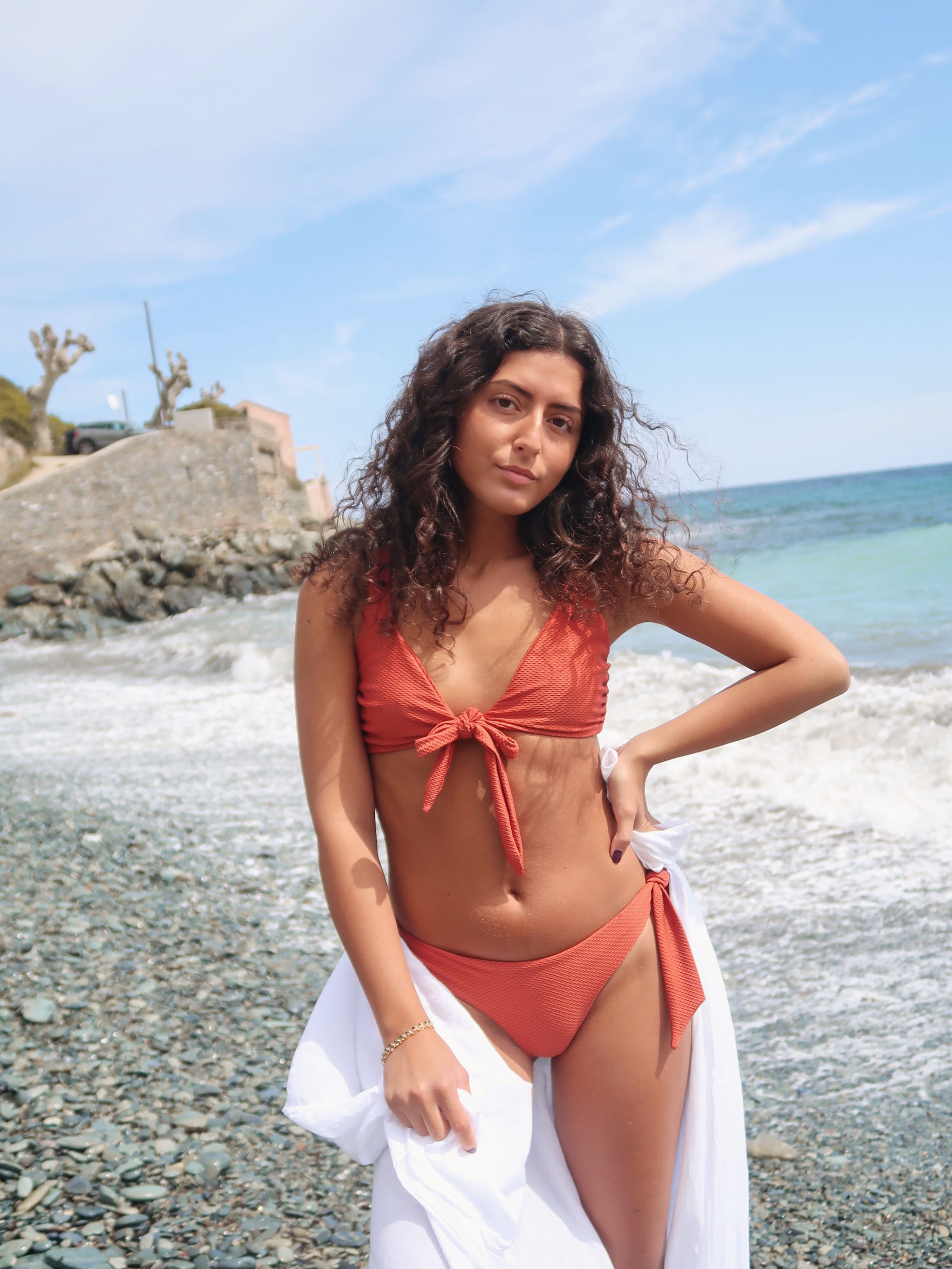
Alma Swimwear
Alma Swimwear

Alma Swimwear
Alma Swimwear

Alma Swimwear
Alma Swimwear
On the road to slow fashion
How people learn to shop more ethically

Today’s generations are more aware of the impact the fashion industry has on the environment.
Slow fashion is now getting people’s attention due to growing awareness of the damage the fashion industry has on the planet.
Lots of people are trying to change their habits to a more sustainable and ethical way of shopping.
We have interviewed different people asking them to talk about their opinion and share their personal experience with fast fashion. Our aim was to learn how they cope with the unconscious need we all have to always renew our wardrobe to follow the trends.
We have also asked them if they are aware of the highly damaging footprint the fashion industry has on the environment and if they try to shop ethically. Here is what they told us.
The first person we talked to is Helmi Pikarinen, a 30-year-old Finnish fashion blogger (@helmi.pikari), established in London.

Helmi Pikarinen
Helmi Pikarinen

Julia
Julia

Alicia Bayerl
Alicia Bayerl
Helmi explained to us how she tries to shop more ethically while having to shoot outfits weekly for her Instagram @helmi.pikari, to present new content to her followers.
Julia, a 21-year-old design management student at the University of Arts London, explained how getting away from fast fashion to start focusing on more sustainable clothing brands made her feel better.
Alicia Bayerl, an 18-year-old cognitive science student at the University of Osnabrück, in Germany, explained that it can sometimes be challenging for young people, to shop ethically because sustainable brands can be expensive when you are on a budget, but everyone should try because the young generation is the last one that will be able to stop the damages of climate change.
As shown in these interviews people are aware of the damage they are causing when buying from fast fashion brands, so what is the next step? Is it not too late to make things change? And what does the future of the fashion industry will look like in the coming years...
The future of fashion industry
What will happen in the coming years

The future of the fashion industry relies on us.
The young generation is the only one who is able to make things change for a greater future. If things keep going on the same path the damages for the environment and the planet will be disastrous and nothing will be able to make things reverse once it is too late.
Alicia Bayerl, an 18-year-old student, told us:
“When buying from fast fashion people feel like they are saving money and the worst of all is that they don’t even realise the damage they are causing, because they do not actively experience it yet. Everyone should know our generation is the last that can still stop the worst of climate change. I think it’s hard for people not to be selfish. As long as what they are doing doesn’t affect themself badly they are not ready to change their habits.”
Climate change, waste, water pollution, plastic pollution, carbon emissions, all of that are the red flags that should warn us all about the current state of our planet.
The fashion industry is the third most polluting industry in the world at the moment, we need to make things change for the better.
This infographic illustrates the impact the fast fashion industry has had on the environment over the past decade in four different categories: carbon emissions, waste, people exploitation and cotton production.

However, there are solutions and alternatives to mitigate these issues. The first step lies in building awareness to change.
While the instant gratification of fast fashion has become a high priority for consumers over the years, there is also an increasing desire for more sustainable and ethical fashion. People are more and more aware of the damages it causes to the environment and are ready to make things change and find solutions to the major issues caused by this industry.
Water pollution is a major issue, 20% of industrial water pollution comes from textiles treatment and dying. Every year 200.000 tons of dyes are lost to effluents in most of the countries where garments factories are located, these untreated toxic wastewaters are dumped directly into the rivers. What we can do about it is choosing to buy clothes made in countries with stricter environmental regulations as Europe, Canada or the United States, and choosing organic fibres and natural fibres that do not require chemicals to be produced.
It has been estimated that 1.5 trillion litres of water are used by the fashion industry each year. Major quantity is used for the dyeing and finishing process of clothes, it can take up to 200 tons of freshwater per ton of dyed fabric. Cotton also needs a lot of water to grow, up to 20.000 litres of water are needed to produce 1kg of cotton only. What we can do about it is choosing fibres with low water consumption such as linen and recycled fibres for example.
Microfibers are a big issue for the oceans 85% of human-made debris on the shorelines around the world are microfibers. Every time we wash a synthetic garment like polyester or nylon, about 1.900 individual microfibers are released into the water, 190.000 tons of textiles microplastic fibres end up in the oceans every year. What we can do to change that is choosing natural or semi-synthetic fibres.
As stated before waste is one of the biggest issues in the fashion industry. Clothing has clearly become disposable, and due to that, we generate more and more textile waste. A regular family in the western world discards an average of 30kg of clothing each year, and the worst part is only 15% of it is donated or recycled, the rest goes straight away to the landfill, 5.2% of the waste in landfills are textiles. The solution to that is to buy less quantity, and better quality to keep it longer. We can also buy second-hand clothes in thrift shops and donate or recycle old clothes.
It has been estimated that 1kg of chemicals is needed to produce 1kg of textile, chemicals are the main components in clothing. The heavy use of chemicals in cotton farming is causing diseases and premature death among cotton farmers, along with massive water and ocean pollution but also soil degradation. A solution to that can be choosing organic fibres, sustainable brands, and looking for garments with certification label controlling chemical content such as OEKO-TEX, GOTS, or BLUESIGN.
The clothing industry is the cause of 10% of the global carbon emissions. The fashion industry is causing a lot of greenhouse gases, due to the energy used during its production, manufacturing and transportation of the millions of garments purchased each year. Fossil fuels are used in a major part of our clothes. Countries like China, Bangladesh or India - where most of our clothes are made - are powered by coal, 23kg of greenhouse gases are generated for each kilo of fabric produced. The alternative to that is choosing natural fibres and buying clothes made in countries powered by renewable energy.
The fashion industry is playing a big part in soil degradation due to the massive use of chemicals or when overgrazing pastures with cashmere goats and sheep, which are raised for their wool. The solution to this issue would be to choose fibres that are soil friendly and do not cause damages when produced.
The fashion industry is also a major factor in rainforest destruction. 70 million ancient forests trees are cut down each year and are replaced by plantations of trees that are used for wood-based fabrics such as modal, rayon and viscose. What we can do about it is choosing Lyocell or Tencel over viscose, modal and rayon.

Water pollution at RK Beach in Visakhapatnam, India, in 2013. (Photo credit: N. Aditya Madhav)
Water pollution at RK Beach in Visakhapatnam, India, in 2013. (Photo credit: N. Aditya Madhav)
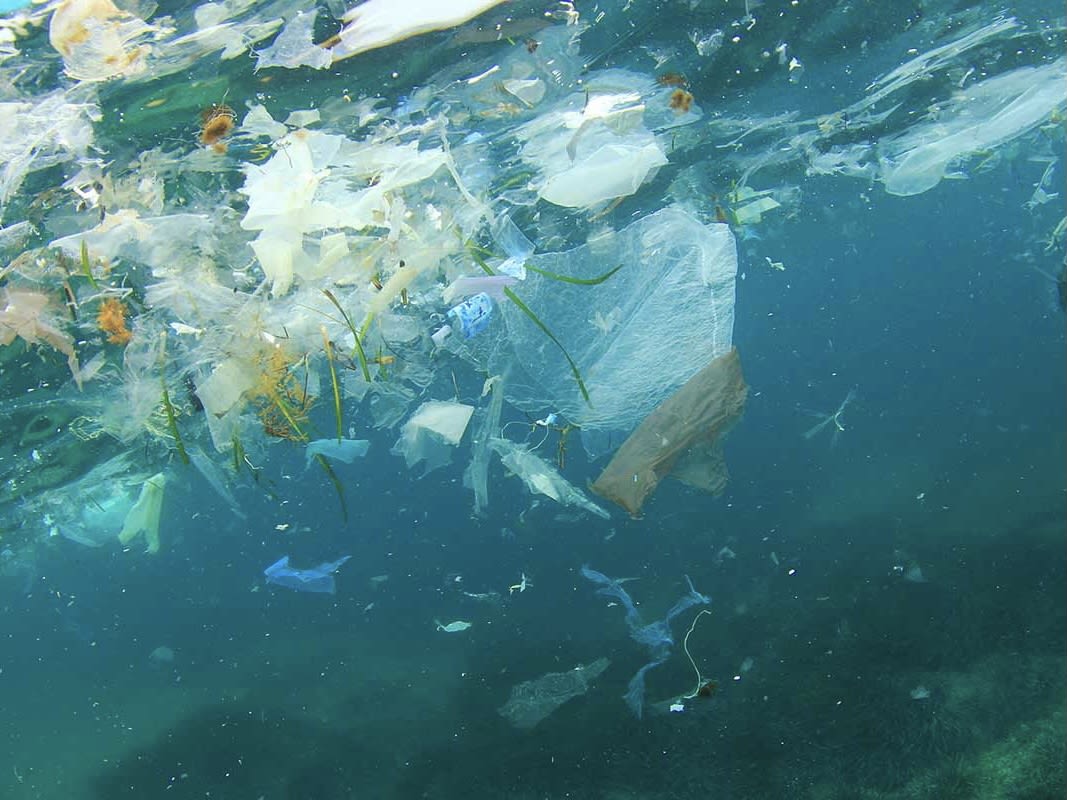
Microfiber and plastic pollution in the Pacific ocean.
Microfiber and plastic pollution in the Pacific ocean.

Christian Boltanski exhibition "No man's land" about clothing waste in Park Avenue Armory, New York City, 2010.
Christian Boltanski exhibition "No man's land" about clothing waste in Park Avenue Armory, New York City, 2010.

A. John Deere cotton harvester at work in a cotton field in 2009.
A. John Deere cotton harvester at work in a cotton field in 2009.
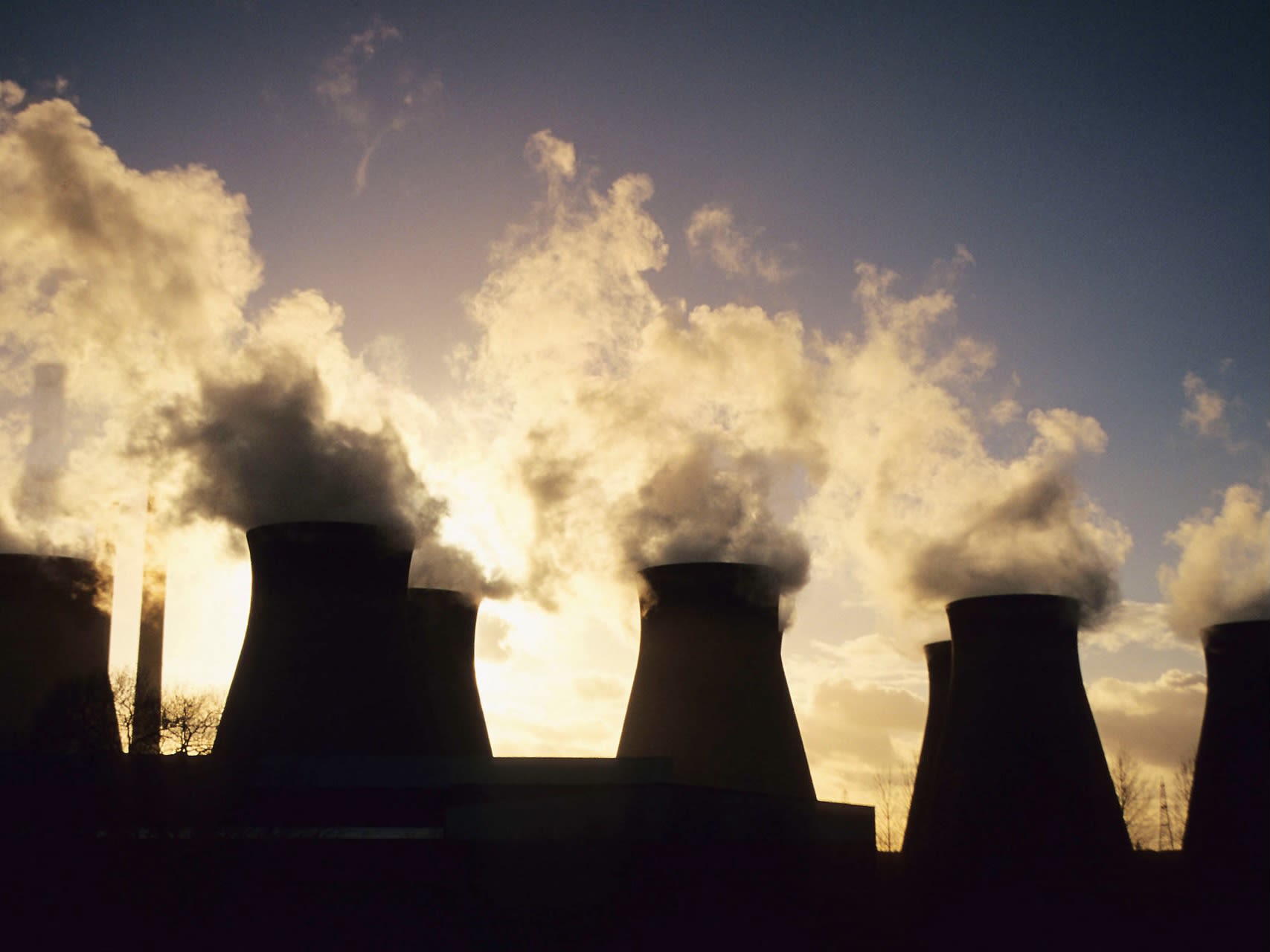
Carbon emissions in Australia in 2014.
Carbon emissions in Australia in 2014.
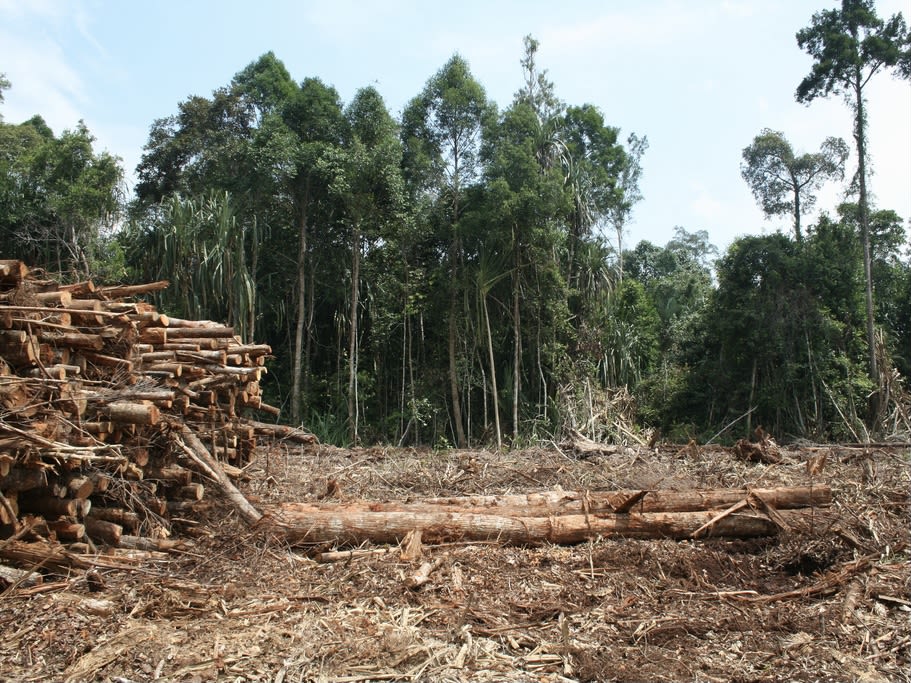
Rainforest destruction in Indonesia.
Rainforest destruction in Indonesia.
The future of the fashion industry relies on making things change for the better. We need to keep raising awareness and addressing the impacts that this industry has on the environment. The younger generations need to be educated on the damages it could have in the future, and learn to live more ethically. Step by step, if people change their habits we could, all together, make a change.


